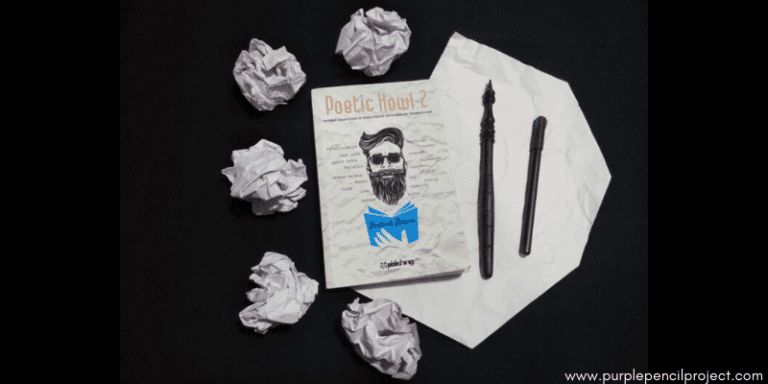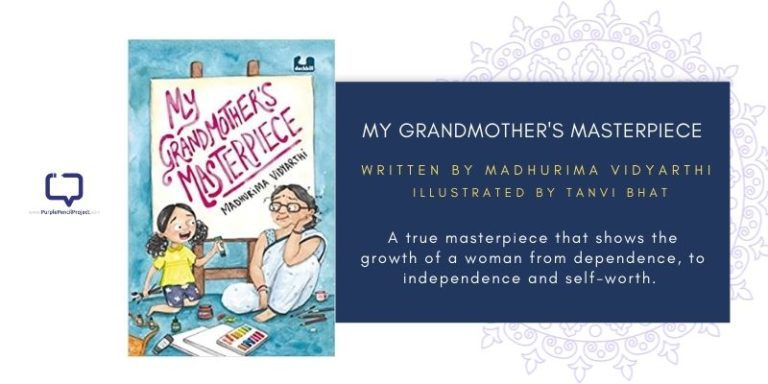A new week. And a new author. And a new interview!
Say hello to Shweta Taneja. She is an “author with a weakness for the occult, the eccentric and the oral traditions of Indian mythology. Her latest book Cult of Chaos is a tantrik detective fantasy based in Delhi. More about her is www.shwetawrites.com.”
Stalk her on twitter, if you want, at @shwetawrites.
Shweta’s shiny new and scary and adventurous and mystery book, Cult of Chaos just hit the stands. The protagonist, “Anantya Tantrist is a spunky 23-year-old, gaali-spewing, beedi-smoking fearless tantrik who solves crimes in Delhi. When she’s not solving crime, she’s having a drink at Bedardi Bar. Cult of Chaos is the first of her dark adventures where she solves a case in which little girls are being sacrificed in a tantrik ritual.”
Buy from Amazon (aff)
Shweta’s answers to #5Questions are…
1. Why do you write? Why did you write Cult of Chaos?
I write because I itch to tell stories. When I am not writing, I am making up stories and orally telling them to my friends. I want to explore the idea of otherness, of strangeness, of non-humans, paranormals and supernaturals through these stories, which is why I am writing in the fantasy genre. I want to explore ‘we’ versus ‘them’ in all their manifestations.
I wrote Cult of Chaos because I was itching to write a detective fiction which mixes up Indian folklore and supernatural creatures into a mystery. Anantya Tantrist happened because I was so bored of all the action taken up by male superheroes and superstars while women sat on the side, pretty eye-candy. I wanted a story in which a woman was getting her hands dirty, having all the adventures, kicking villains and going to a bar later to celebrate. And Cult of Chaos is all that and more!
2. How do you come up with an idea? Ideas for plots, sequences, scenes, characters and other things? Do you use any tools?
I use a whiteboard to put down all the thoughts together. Because scenes, characters, quirks will never flow. Alongside, I put down things on little chits of paper, which are spread for the longest time on my study desk. No one is allowed to touch them. I scatter them, make a cards pack with them, scatter them again, arrange all scenes in sequences, tear off scenes, rearrange and keep on doing this till I get to a plot where I want to begin the story. I’ve tried a lot of online apps and stuff, but this I’ve found is the most creative way for me to do it.
3. Do you keep a rigorous writing schedule? If yes, what is your writing schedule?
I write down the plot in a document and divide it into scenes or chapters. After this is done, I start writing the book. My deadline usually is one chapter per week. If I am on leave in that week, I write two chapters in the next week. If I can’t finish a chapter because my writing for that week was blocked, I know I have extra work on the weekends. All the time, I sip on lots of tea.
4. How often do you get interrupted by writer’s block? How do you go about working around your writers’ block?
A writer’s block is a myth, created by star-struck media or lazy writers. There’s nothing like it out there. Yes, there would be some days when you stare at the screen, your hands spread over the keyboard and nothing sensible will come. When you know you have to delete every single word you’ve written. But it’s these ‘blocked’ days that will lead to a glorious day when your fingers are flying over the keys. The day you can’t write always leads to the day you will. Keep writing nonsense if you can’t make it sensible, but write. Start by putting one word after the other.
5. What is the best advice on writing that you’ve ever received?
Keep writing. You’re a writer only if you keep putting one word after another.
Thanks Shweta! Do shoot us should you have questions for Shweta.
Editor’s Note: I first spoke to Shweta when I was trying to market my book and was looking for advise from other authors. Shweta was very kind with inputs and actually helped me a lot to come up with answers. Happy to see Shweta share her inputs with larger audience as well.





















One Response